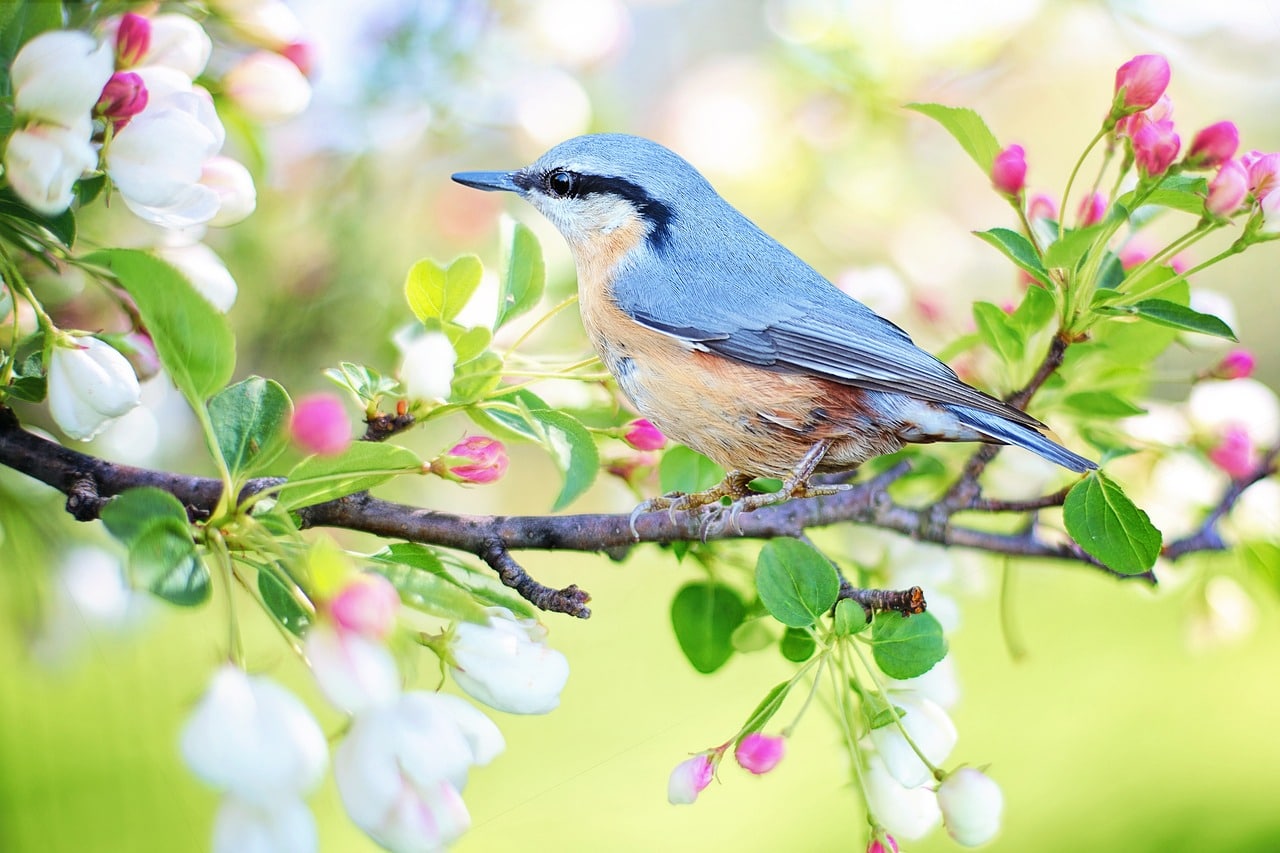How to Train a Bird to Accept Nail Trimming Without Stress?

If you’re a proud bird parent, you know how rewarding it can be to share your home with an avian friend. Parrots, in particular, are known for their intelligence, vibrant colors, and impressive vocal abilities. But, just like any other pet, birds require regular care and grooming, including nail trimming. For many bird owners, the thought of trimming their pet’s nails can be a source of stress. But it doesn’t have to be. In this article, we will guide you on how to train your feathered friend to accept nail trimming without a fuss, transforming this often-dreaded task into a bonding time for both you and your bird.
Preparations Before Trimming
Before you even reach for that nail clipper, there are several crucial steps you need to undertake. Preparing beforehand can drastically reduce the stress for both you and your avian friend and promote a smoother nail trimming experience.
Dans le meme genre : What Are the Best Environmental Enrichment for Pet Rats?
Understanding Avian Anatomy
Understanding your bird’s anatomy is imperative. A bird’s nail has a blood vessel called the ‘quick,’ which if cut can lead to bleeding and distress. The quick usually appears darker through the nail, and you should aim to trim just the pointy, clear tip of the nail to avoid it.
Training Your Bird to Be Handled
Training your bird to be handled is another important preparation step. Many birds are naturally wary of being touched, especially on their feet. You can start by getting your bird used to being touched on the head and body, then gradually move towards the feet over time, always rewarding them with treats and praise.
En parallèle : What Are the Best Low-Shedding Dog Breeds for Allergy Sufferers?
Gathering the Necessary Tools
You don’t need an extensive toolkit for bird nail trimming. A simple pair of bird nail clippers or a dremel tool designed for pets is enough. Additionally, always keep some styptic powder or cornstarch on hand to stop bleeding in case you accidentally cut the quick. Lastly, a towel can be useful for wrapping your bird if they tend to flutter or squirm during the process.
Training for Nail Trimming
Training your bird to accept nail trimming is all about positive reinforcement and patience. This section will guide you through the process step by step, making sure it’s a stress-free experience.
Getting Your Bird Used to the Tools
Begin by introducing the nail clippers or dremel to your bird in a non-threatening way. Let them inspect and get used to the tool. You can also associate the tool with their favorite treats, so they start associating it with positive experiences.
Simulating Nail Trimming
Once your bird is comfortable with the nail trimming tools, you can simulate the process. Touch your bird’s feet with the clippers, without actually cutting the nails. Reward them with treats and praise after each session. This step should be repeated until your bird shows no signs of stress or discomfort.
Proceeding with Real Nail Trimming
When your bird seems comfortable with the simulated nail trimming sessions, you can proceed to actually trim their nails. Remember to only cut the clear tip of the nail, avoiding the quick. After each successful nail trimming, reward your bird with their favorite treat.
Trimming Your Bird’s Nails Yourself vs. Going to the Vet
Trimming your bird’s nails yourself can be a bonding experience, but it’s not for everyone. Some bird owners may prefer to take their pet to the vet or a professional groomer for this task.
The Pros and Cons of DIY Nail Trimming
Doing the nail trimming yourself can be more cost-effective and convenient than taking your bird to the vet every time their nails need a trim. However, it requires a lot of patience and confidence. You need to be careful not to cut the quick, causing your bird pain and potentially damaging your bond with them.
The Advantages of Professional Nail Trimming
Taking your bird to the vet or a professional groomer for nail trimming ensures that the task is done by someone with experience, which can be a relief if you’re concerned about cutting the quick. However, it can be more expensive, and your bird might still find the experience stressful, especially if they’re not comfortable around strangers or in unfamiliar environments.
Dealing with Possible Issues During Nail Trimming
Even with careful preparation and training, you may encounter some issues during the nail trimming process. Let’s look at some potential problems and how to deal with them.
Handling Stress and Fear
If your bird gets stressed or fearful during nail trims, it’s essential to stay calm and patient. Do not force the process. Instead, take a break and try again later. Providing a familiar and quiet environment can also help reduce stress.
Accidentally Cutting the Quick
If you accidentally cut the quick, don’t panic. Apply some styptic powder or cornstarch to stop the bleeding, reassure your bird, and give them a treat. If the bleeding doesn’t stop after a few minutes, contact your vet immediately.
Dealing with Aggressive Birds
If your bird becomes aggressive during nail trims, you may need to reassess your training process. It might be necessary to go back a few steps and work on getting your bird comfortable being handled or with the nail trimming tools.
In conclusion, nail trimming is an essential part of bird care. With patience, positive reinforcement, and proper training, you can turn this daunting task into a stress-free experience for both you and your avian friend.
The Importance of Regular Nail Trimming for Pet Birds
For a bird, having well-trimmed nails is not just about aesthetics. It’s an essential part of their overall health and well-being. Regular nail trimming helps prevent a variety of issues, such as overgrown or split nails, which can cause discomfort, difficulty perching, and even injury to your bird or to you.
Regular nail trimming also helps your bird maintain a firm and comfortable grip on their perches, enhancing their overall quality of life. It also prevents the possibility of their nails getting caught in toys, cage bars, or clothes, which can lead to panic, stress, and injury. If you own a pet bird, it’s crucial to incorporate routine nail clipping into your bird care regimen.
However, trimming a bird’s nails isn’t as straightforward as it might seem. Birds’ nails are different from human nails in that they contain a blood vessel, known as the quick. If the quick is accidentally cut during nail trimming, it can cause the bird a lot of pain and lead to potential complications such as bleeding or infection. This is why it’s essential to understand the proper technique for nail trimming and to take the time to train your bird to accept the process without stress.
Creating a Safe and Comfortable Environment for Nail Trimming
The environment where you choose to trim your bird’s nails can greatly impact their stress levels and overall experience. Aim to create a calm, quiet, and familiar space where your bird feels safe. Avoid sudden movements or loud noises that could startle your bird, and ensure there’s enough light for you to see what you’re doing.
Gently towel your bird to restrict their movement during nail clipping. The bird towel technique involves wrapping your bird in a small towel, exposing only their feet. This method helps control your bird’s movements and shields their body and wings, reducing the risk of injury.
Remember to take your time and stay calm. Your bird can sense if you’re stressed or nervous, and they might respond likewise. By creating a comfortable atmosphere and approaching the task with patience and confidence, you can help make the experience less stressful for both you and your bird.
Moreover, always remember to reward your bird with their favorite treat after each nail trimming session. This positive reinforcement can help your bird associate nail clipping with a positive outcome, making them more likely to cooperate in the future.
Conclusion
In conclusion, nail trimming is a necessary part of caring for a pet bird. However, it can often be a source of stress for both the bird and the owner. With a proper understanding of avian anatomy, the right tools, and a lot of patience, you can train your bird to accept nail trimming without stress.
Remember, it’s important not to rush the process. Take the time to train your bird, gradually getting them used to the nail clippers or dremel and the feeling of having their nails trimmed. Use positive reinforcement to reward your bird’s cooperation, and always aim to create a safe and comfortable environment for nail trimming.
Whether you choose to trim your bird’s nails yourself or opt for professional services, the most important thing is to ensure your bird’s safety and comfort. With time and patience, nail trimming can become a stress-free experience and a chance to bond with your pet bird.
